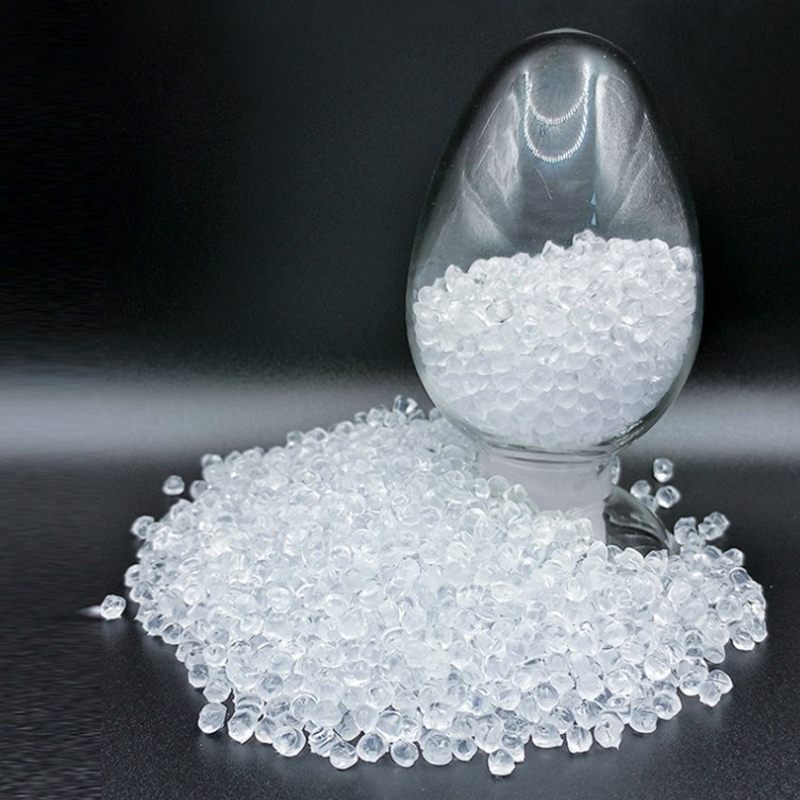-
Categories
-
Pharmaceutical Intermediates
-
Active Pharmaceutical Ingredients
-
Food Additives
- Industrial Coatings
- Agrochemicals
- Dyes and Pigments
- Surfactant
- Flavors and Fragrances
- Chemical Reagents
- Catalyst and Auxiliary
- Natural Products
- Inorganic Chemistry
-
Organic Chemistry
-
Biochemical Engineering
- Analytical Chemistry
-
Cosmetic Ingredient
- Water Treatment Chemical
-
Pharmaceutical Intermediates
Promotion
ECHEMI Mall
Wholesale
Weekly Price
Exhibition
News
-
Trade Service
The Use of Chloroprene in the Chemical Industry: An Instructional Guide
Chloroprene is a synthetic rubber that is commonly used in the chemical industry for a variety of applications.
It is known for its durability, chemical resistance, and flexibility, making it an ideal choice for a number of different applications.
In this article, we will explore the use of chloroprene in the chemical industry, including its properties, production process, and common applications.
Properties of Chloroprene
Chloroprene is a synthetic rubber that is known for its excellent durability and chemical resistance.
It has a high strength and stiffness, and can withstand extreme temperatures and chemicals without breaking down.
Chloroprene is flexible and can stretch to great lengths without breaking, making it an ideal choice for applications where flexibility is important.
Chloroprene is also resistant to abrasion and can withstand heavy loads without tearing or breaking.
This makes it an ideal choice for applications where the material will be subjected to wear and tear, such as in the production of industrial equipment or in the construction of roads and bridges.
Production Process
Chloroprene is produced through a chemical process known as polymerization.
This process involves the reaction of monomer molecules to form long chains of polymer molecules.
In the case of chloroprene, the monomer used is chlorobutylene, which is a liquid polymer that is highly reactive.
The production process for chloroprene begins by mixing the chlorobutylene with a reaction initiator, such as potassium persulfate.
This causes the chlorobutylene to polymerize, forming long chains of chloroprene molecules.
The mixture is then heated to a high temperature, causing the chains to link together and form a solid material.
The resulting chloroprene is a powdery substance that can be molded into a variety of shapes and sizes.
It can be used in a variety of applications, such as in the production of industrial equipment, automotive parts, and construction materials.
Common Applications
Chloroprene is a versatile material that can be used in a variety of applications in the chemical industry.
Some of the most common uses for chloroprene include:
- In the production of industrial equipment, such as pumps, valves, and tanks.
- In the production of automotive parts, such as door seals, window seals, and fuel lines.
- In the construction of roads and bridges, as a flexible and durable material that can withstand heavy loads and extreme temperatures.
- In the production of clothing, such as raincoats and waterproof boots.
- In the production of medical equipment, such as blood bags and IV tubing.
Conclusion
Chloroprene is a versatile and durable material that is commonly used in the chemical industry for a variety of applications.
Its properties, including strength, durability, and flexibility, make it an ideal choice for a number of different applications.
The production process for chloroprene involves the polymerization of monomer molecules, which are then heated and formed into a solid material.
Some of the most common applications for chloroprene include the production of industrial equipment, automotive parts, and construction materials.







